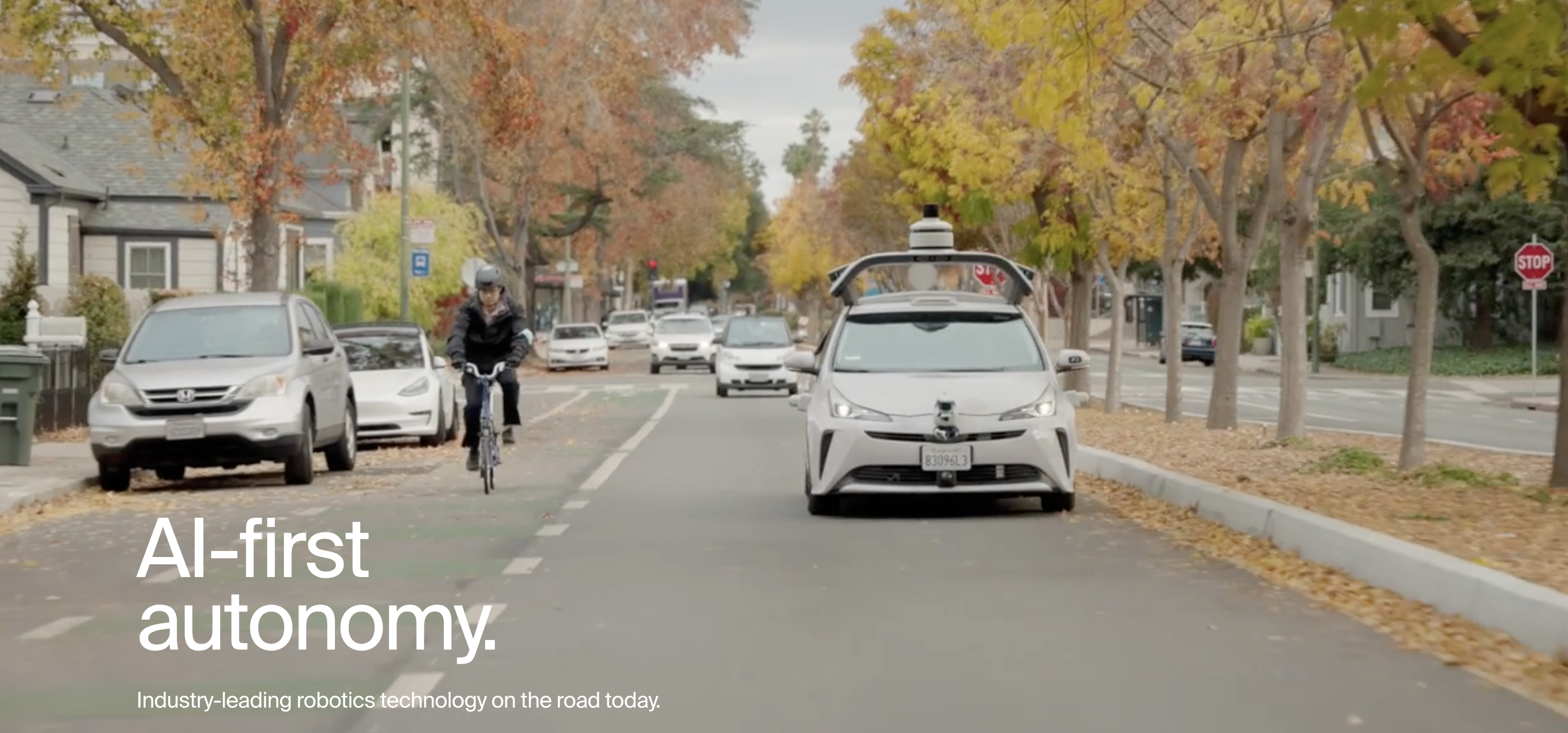
It’s that time again! At CleanTechnica, we believe that covering small stories in the solar industry is a great idea, and we often do this toward the end of the month because these small stories start to pile up. By reporting on these smaller developments, we hope to provide our readers with a more comprehensive understanding of the solar industry, even if that understanding comes a bite at a time. These stories offer valuable insights into various aspects of the industry, such as technological advancements, innovative solutions, policy changes, and market trends over time.
So, without further ado, let’s dive into several smaller stories from the solar industry, starting with some tech.
There’s Gold On Them There Warehouse Roofs!
This first one comes from a study that was recently featured at Energy News Network. With the growth of online commerce and increasing concerns regarding renewable energy encroaching on agricultural land, the utilization of expansive rooftops for solar panel installations is becoming more prevalent. Despite the potential obstacles, this approach offers a viable solution to address energy demands while preserving valuable farmland.
According to a recent report by the Environment America Research and Policy Center, Illinois holds the capacity to produce nearly 10,000 gigawatt-hours of solar power annually through warehouse rooftops, sufficient to supply electricity to over 1.1 million households.
Ranked among the top five states for potential warehouse solar capacity, Illinois continues to face obstacles despite its strong solar incentives, resulting in few projects being undertaken thus far.
The report’s release coincides with growing national concerns about land allocation for renewable energy sources, as there are apprehensions that wind and solar projects may encroach on both agricultural lands and natural habitats, and could in some cases cause more environmental harm than good, even in places humans don’t find very valuable, like deserts and swamps.
Integrating solar power into warehouse operations could potentially mitigate their considerable environmental and climate footprint. Warehouse facilities rely on a continuous flow of diesel-powered trucks and trains, which contribute significantly to particulate matter and carbon dioxide emissions. A notable example is the Little Village neighborhood in Chicago, where residents expressed outrage when a local coal plant was replaced by a warehouse, effectively trading coal-fired pollution for diesel emissions generated by truck traffic.
So, it’s sounds like a marriage made in heaven, right? But, that doesn’t mean that shifting solar from empty (from a human perspective) land to warehouses is an easy choice to make, with no downsides. For one, solar can be a lot more efficient on the ground, because it’s easier to move the panels to follow the sun both seasonally and daily. It’s often also a challenge to install solar panels (especially with heavy rotating/tracking equipment) on roofs that weren’t designed for that kind of load.
It’s also not always clear who actually owns the warehouse roof, as multiple companies can share the space, and even one lone occupant could be leasing the space from somebody else who isn’t interested in getting a solar upgrade.
The article goes on to discuss a number of innovative ways around these challenges, and how different companies are chasing this opportunity. Be sure to learn more about this over there!
HGTV Stars Try To Disrupt Sustainable Real Estate
In a recent press release, we learn about some reality TV stars who are working to make the world a better place instead of just entertaining and informing people (hey, wait, that’s what we do here!).
SOAR Energy, a rapidly expanding solar company co-founded by HGTV stars Tarek and Heather Rae El-Moussa, along with Shelby Elias and mortgage veteran Brian Decker, has announced a strategic partnership with Better Earth, a prominent vertically integrated residential solar energy installation company.
This collaboration signifies a crucial move into the real estate sustainability sectors of California, Arizona, Texas, and Florida, following the recent passage of the Inflation Reduction Act that allocated close to $400 billion in federal funding for clean energy initiatives. Both companies aim to work together to bolster their mutual goal of informing consumers about available solar energy options.
“We started SOAR with the goal of confronting the climate crisis head-on and emphasizing the importance of clean energy in the real estate sector,” said Tarek and Heather Rae El-Moussa. “More solar energy systems are being installed now than they were even a few years ago, and the capacity for solar energy in the U.S. is growing rapidly. Combining efforts with an innovative, fast-growing company like Better Earth was a no-brainer. Together, we are committed to making solar energy affordable and easy for residents across all states where our business is active.”
The residential real estate sector in the U.S. has faced challenges as solar panels continue to be a complex subject for brokers to navigate. Better Earth and SOAR Energy are committed to addressing this issue. Since their collaboration, the companies have successfully installed almost 1,000 solar energy systems in homes across their operational states. Within a span of six months, they have generated more than $20 million in energy savings for homeowners over the next ten years.
SOAR Energy’s solar systems stand out in the sector due to their full transferability upon a home’s sale and the availability of financing options without encumbering the property. These systems, which usually take no more than 90 days for complete installation and subsequent energy savings for homeowners, possess Pearl Certifications, emphasizing their exceptional quality and energy efficiency. Moreover, with each installation, SOAR Energy and Better Earth contribute a portion of the proceeds to GivePower, a nonprofit organization dedicated to delivering clean water worldwide.
Chinese Solar Manufacturer Aims To Use 100% Renewable Power
In a recent press release, Trina Solar revealed its intention to utilize 100% renewable energy in global manufacturing and operations by 2030, as part of its commitment to the Paris Agreement’s climate goals. The company has intensified its sustainability efforts by adopting an array of net-zero practices, such as net-zero operations, a net-zero value chain, and net-zero products.
Trina Solar has implemented numerous carbon neutrality initiatives to achieve its 2030 target. The plan encompasses enhancements in energy efficiency, the establishment of net-zero industrial parks and factories, waste reduction, reuse, and recycling (3Rs), adoption of renewable energy sources, digital management of energy and carbon emissions, as well as the development and deployment of carbon reduction technology.
In April 2023, Trina Solar’s Yiwu plant became the first in the PV industry to receive official certification as a Zero Carbon Factory. This achievement not only reflects the company’s carbon reduction practices in technology, products, equipment, and process management over the past 25 years but also showcases Trina Solar’s unwavering commitment to sustainable development.
According to the company, Trina Solar’s eco-friendly operations encompass the sustainable use of natural resources, responsible emission and recycling of waste gas, wastewater, and solid waste, along with significant reductions in electricity consumption, water consumption, and greenhouse gas (GHG) emissions. In 2022, Trina Solar’s GHG emissions per unit of production for cell and module products decreased by 50.81% and 61.88%, respectively, compared to 2020 levels, thereby achieving or surpassing its carbon emission reduction goals ahead of schedule.
Featured Image by Jennifer Sensiba.
Sign up for daily news updates from CleanTechnica on email. Or follow us on Google News!
Have a tip for CleanTechnica, want to advertise, or want to suggest a guest for our CleanTech Talk podcast? Contact us here.
Former Tesla Battery Expert Leading Lyten Into New Lithium-Sulfur Battery Era — Podcast:
I don’t like paywalls. You don’t like paywalls. Who likes paywalls? Here at CleanTechnica, we implemented a limited paywall for a while, but it always felt wrong — and it was always tough to decide what we should put behind there. In theory, your most exclusive and best content goes behind a paywall. But then fewer people read it! We just don’t like paywalls, and so we’ve decided to ditch ours. Unfortunately, the media business is still a tough, cut-throat business with tiny margins. It’s a never-ending Olympic challenge to stay above water or even perhaps — gasp — grow. So …



